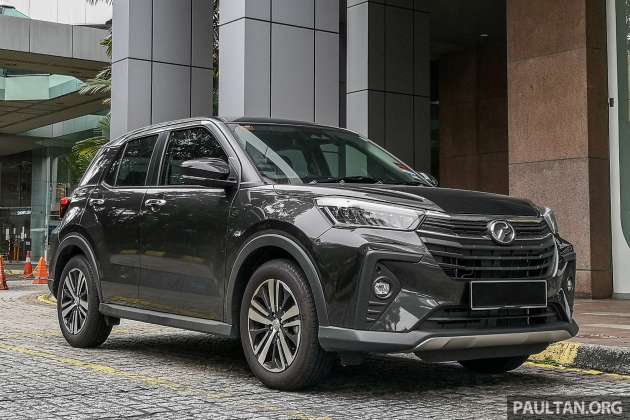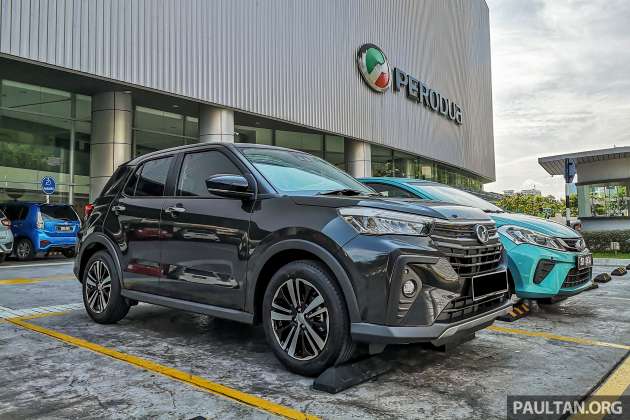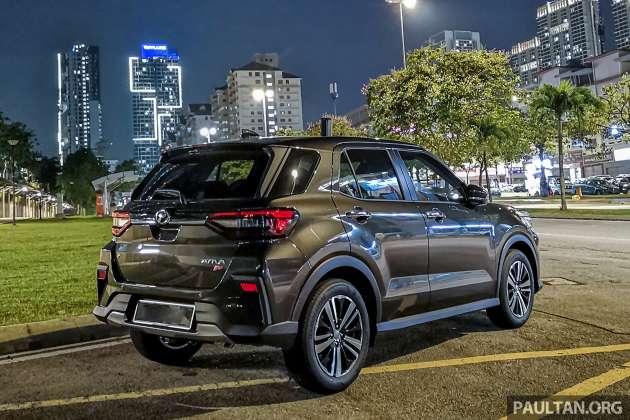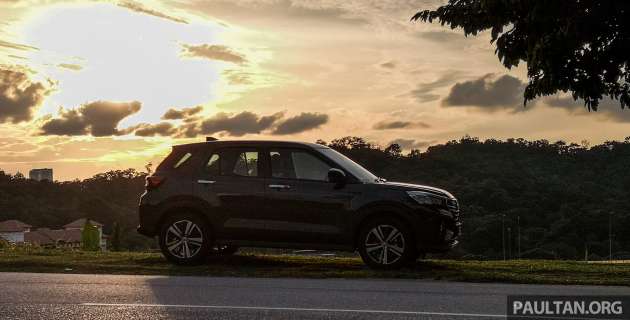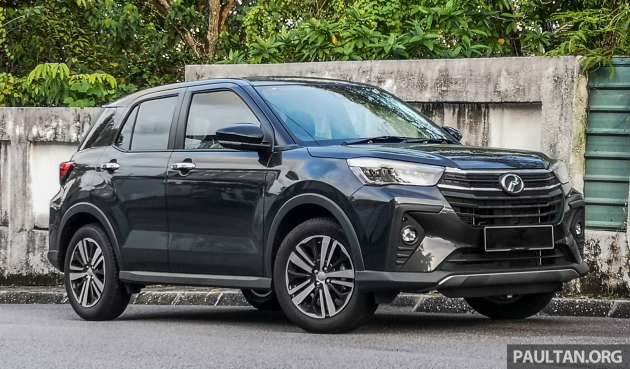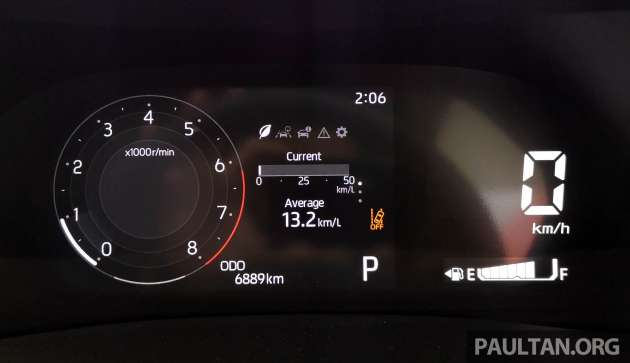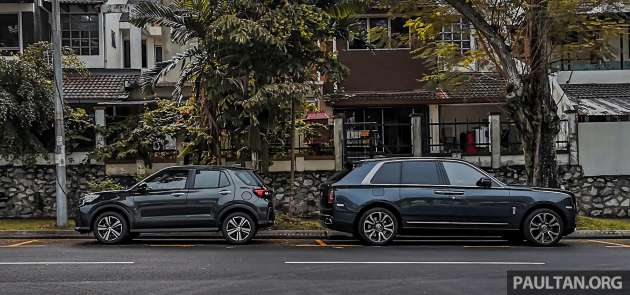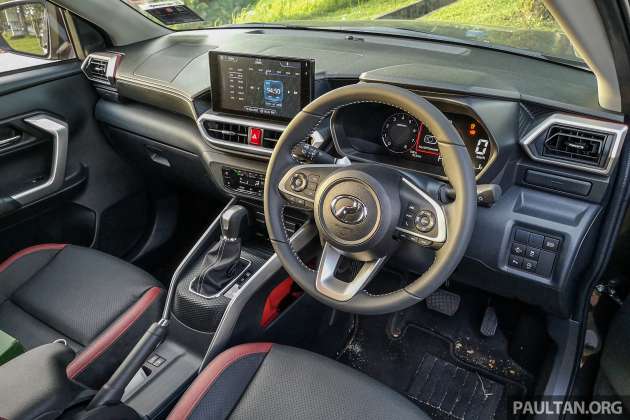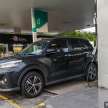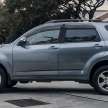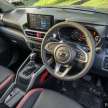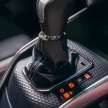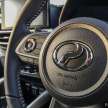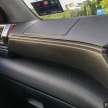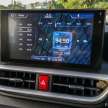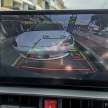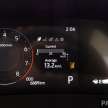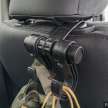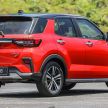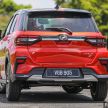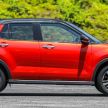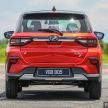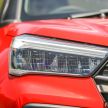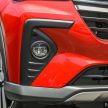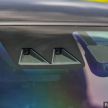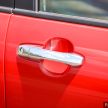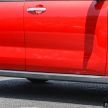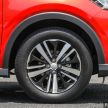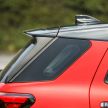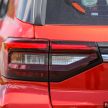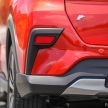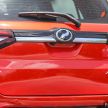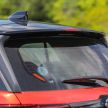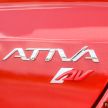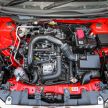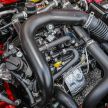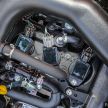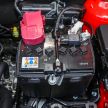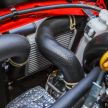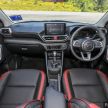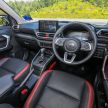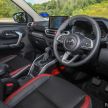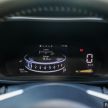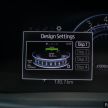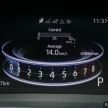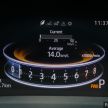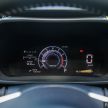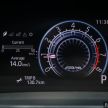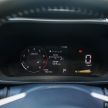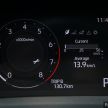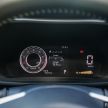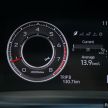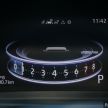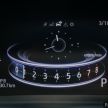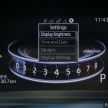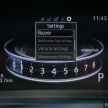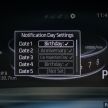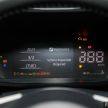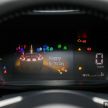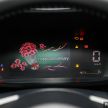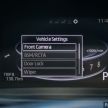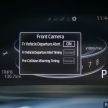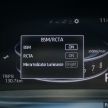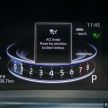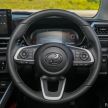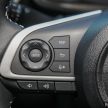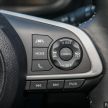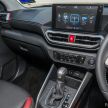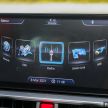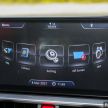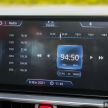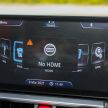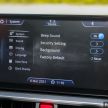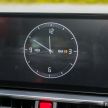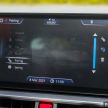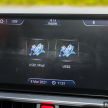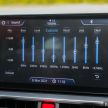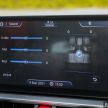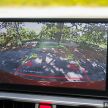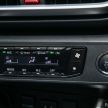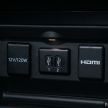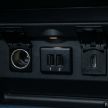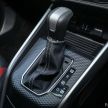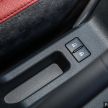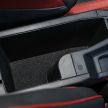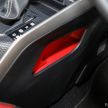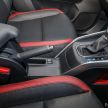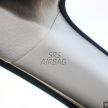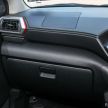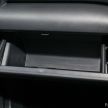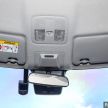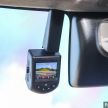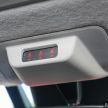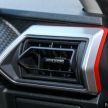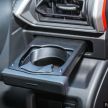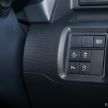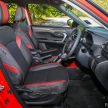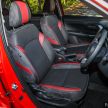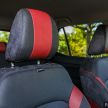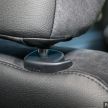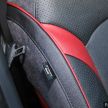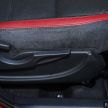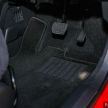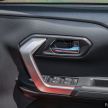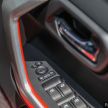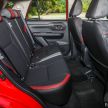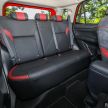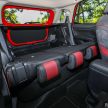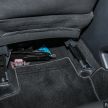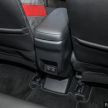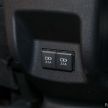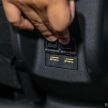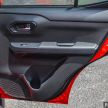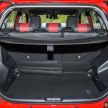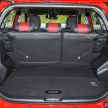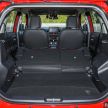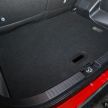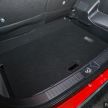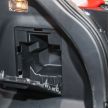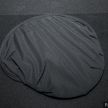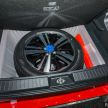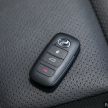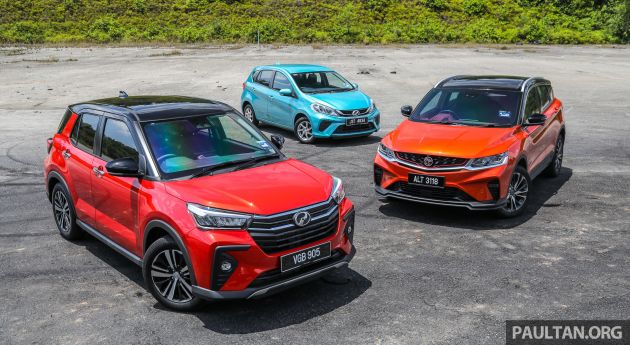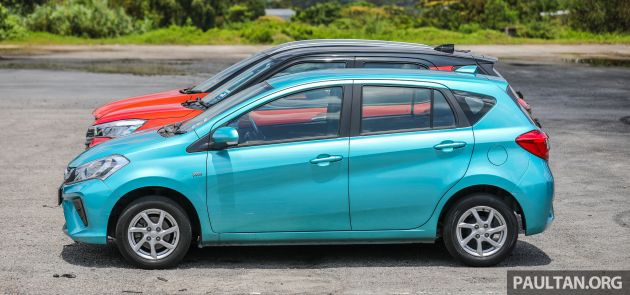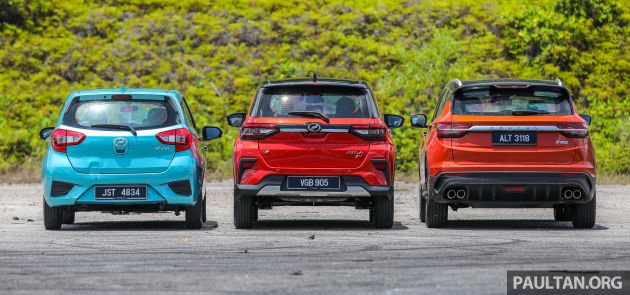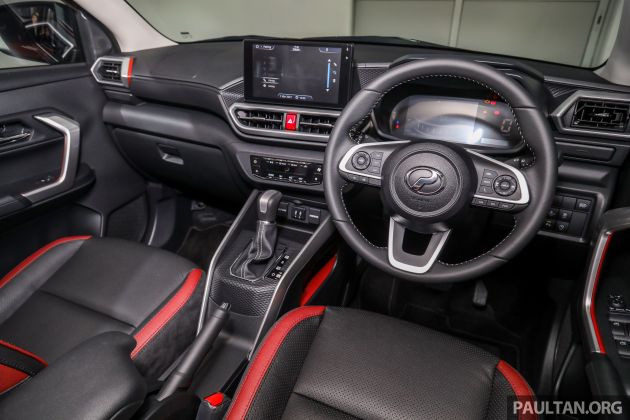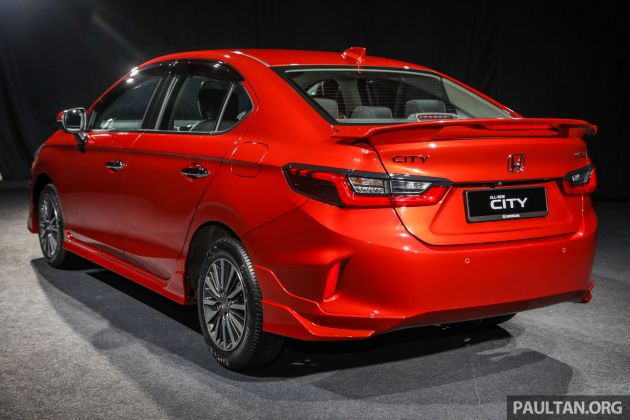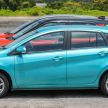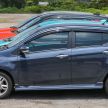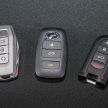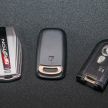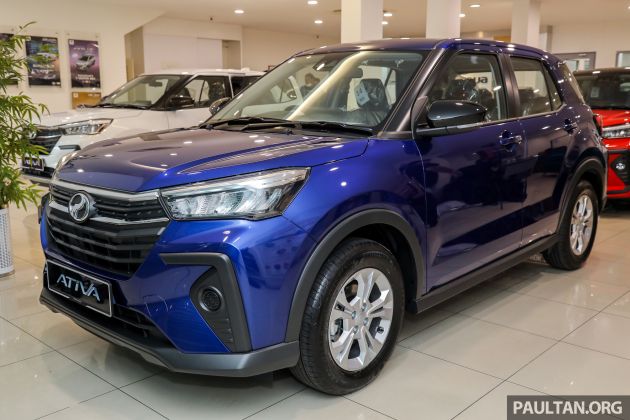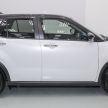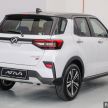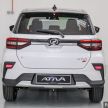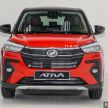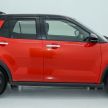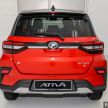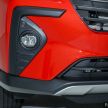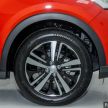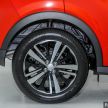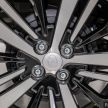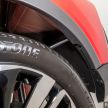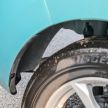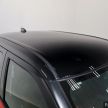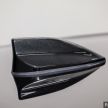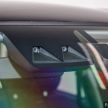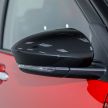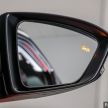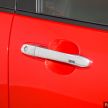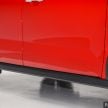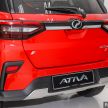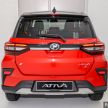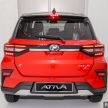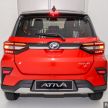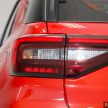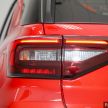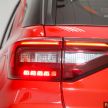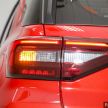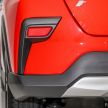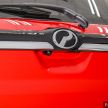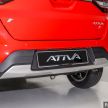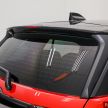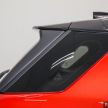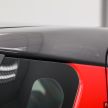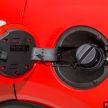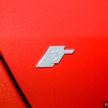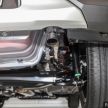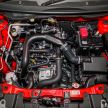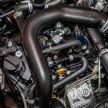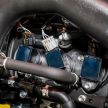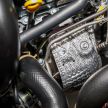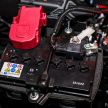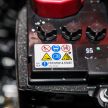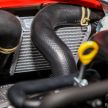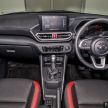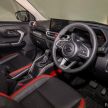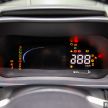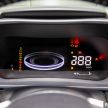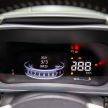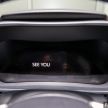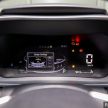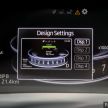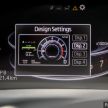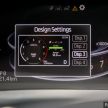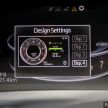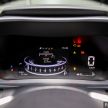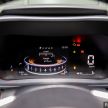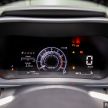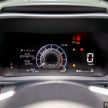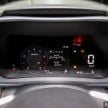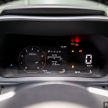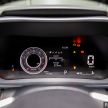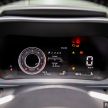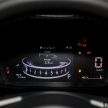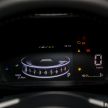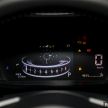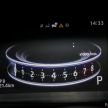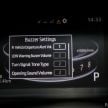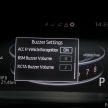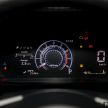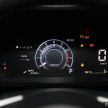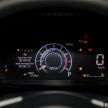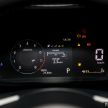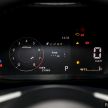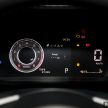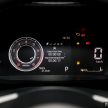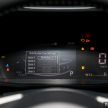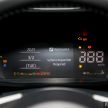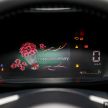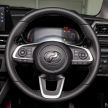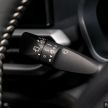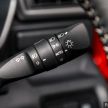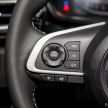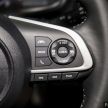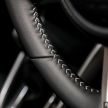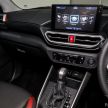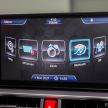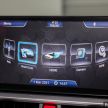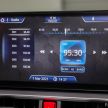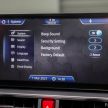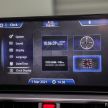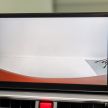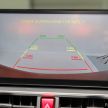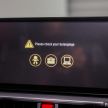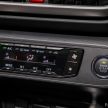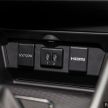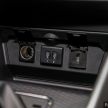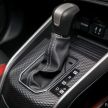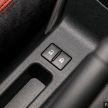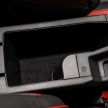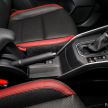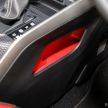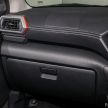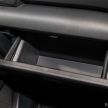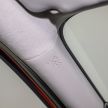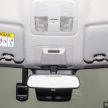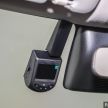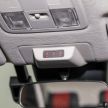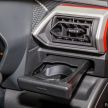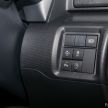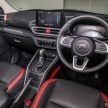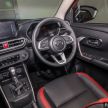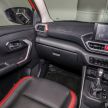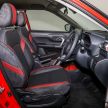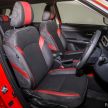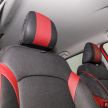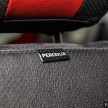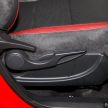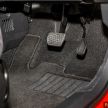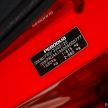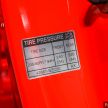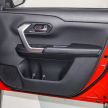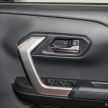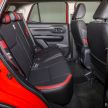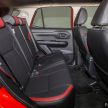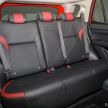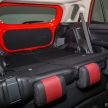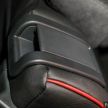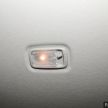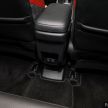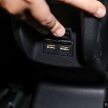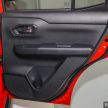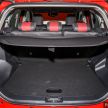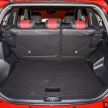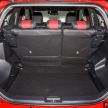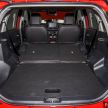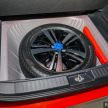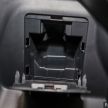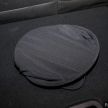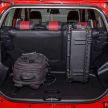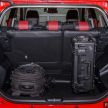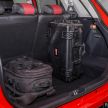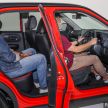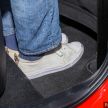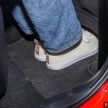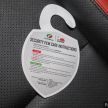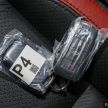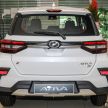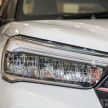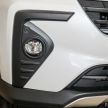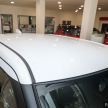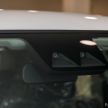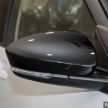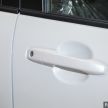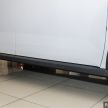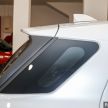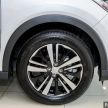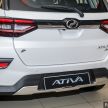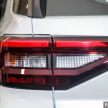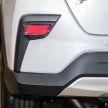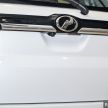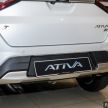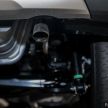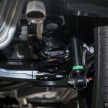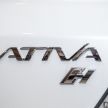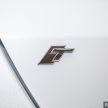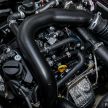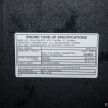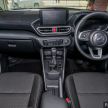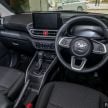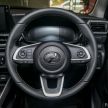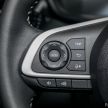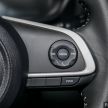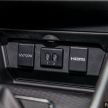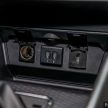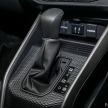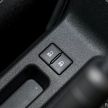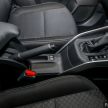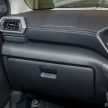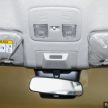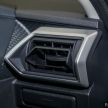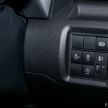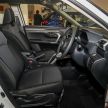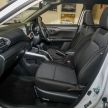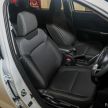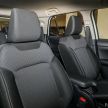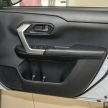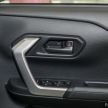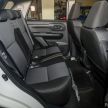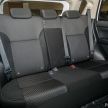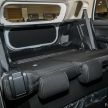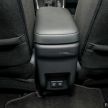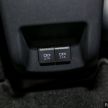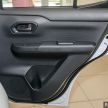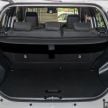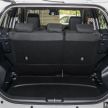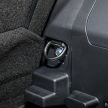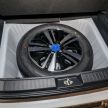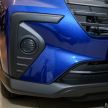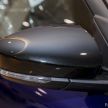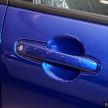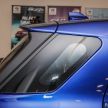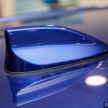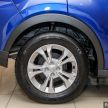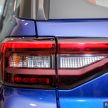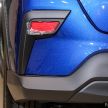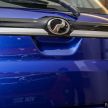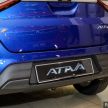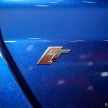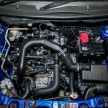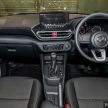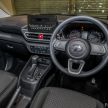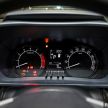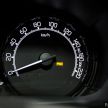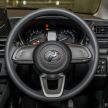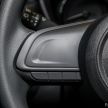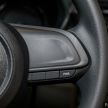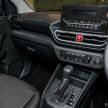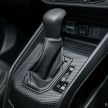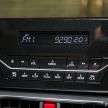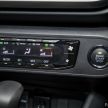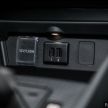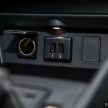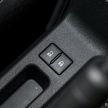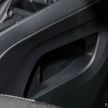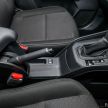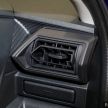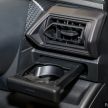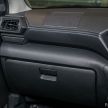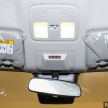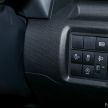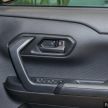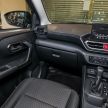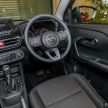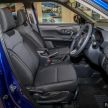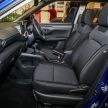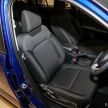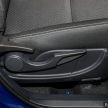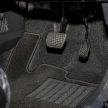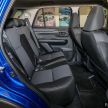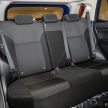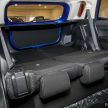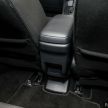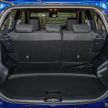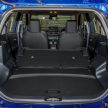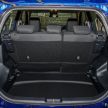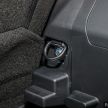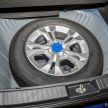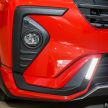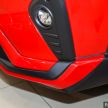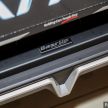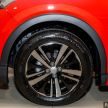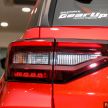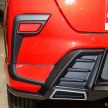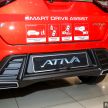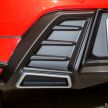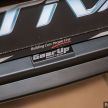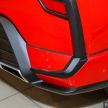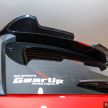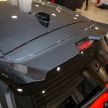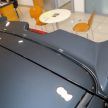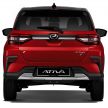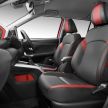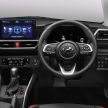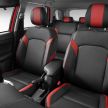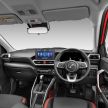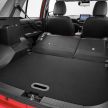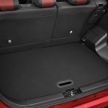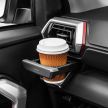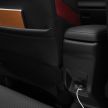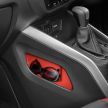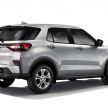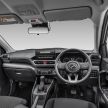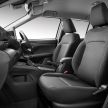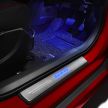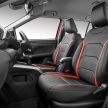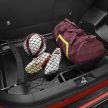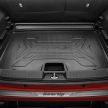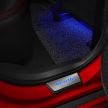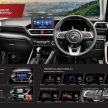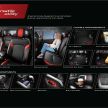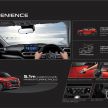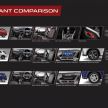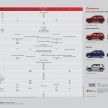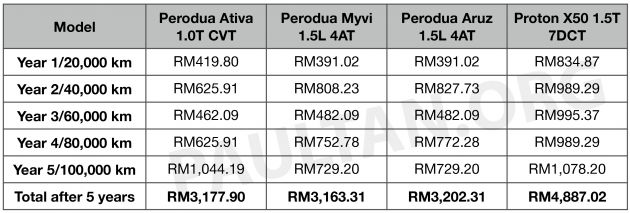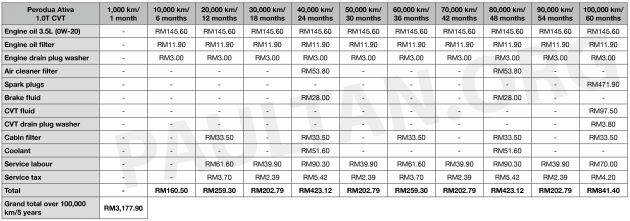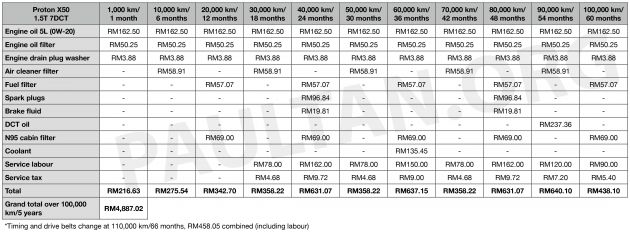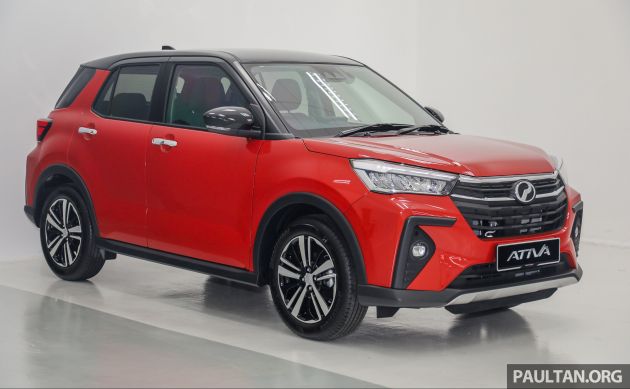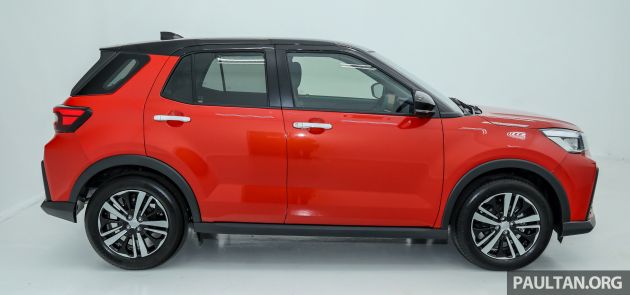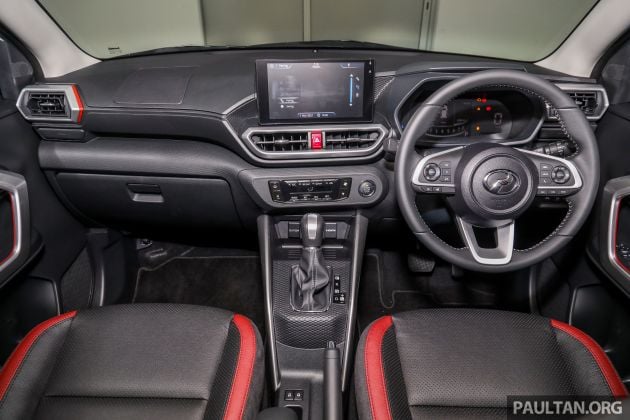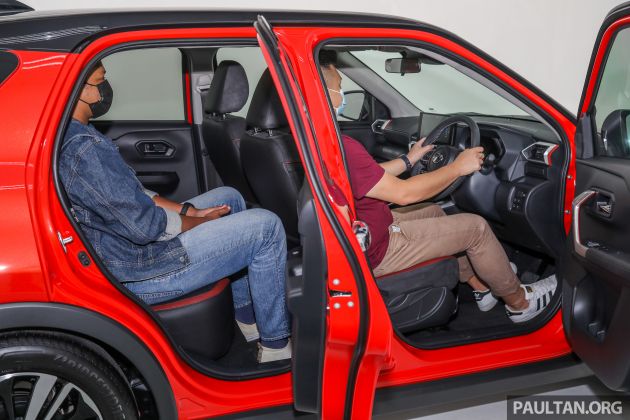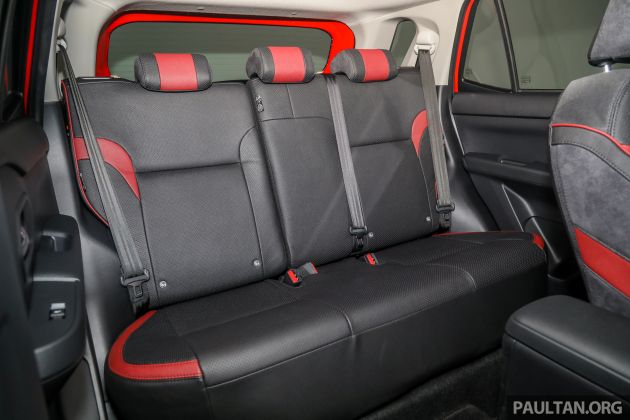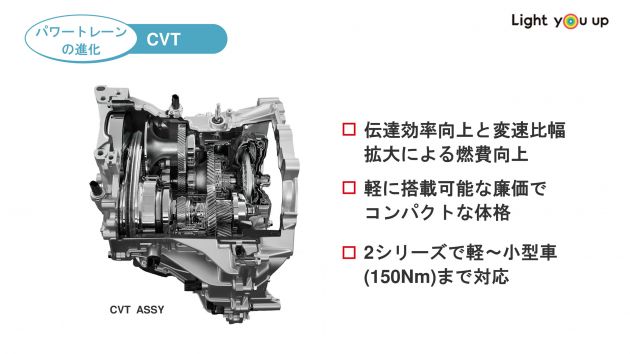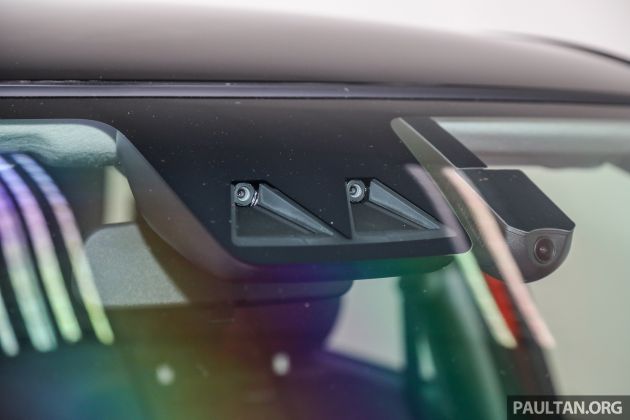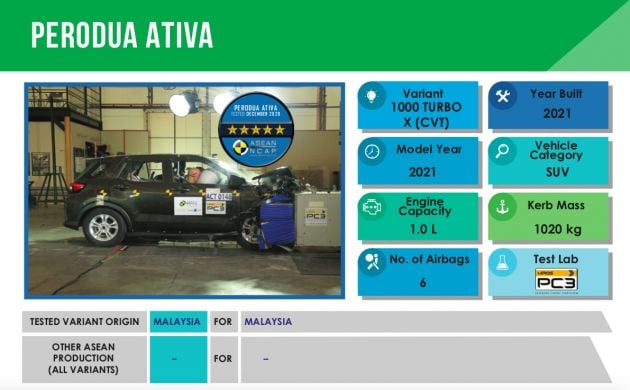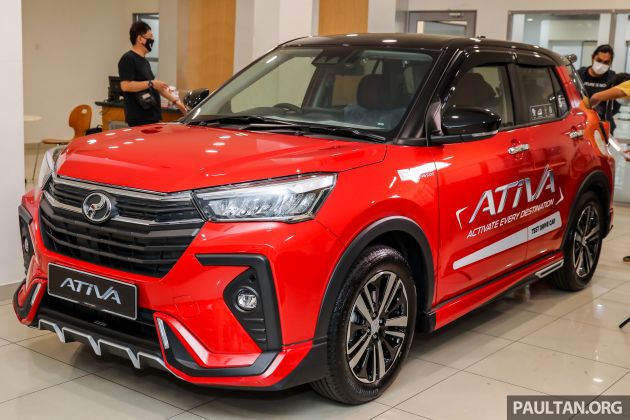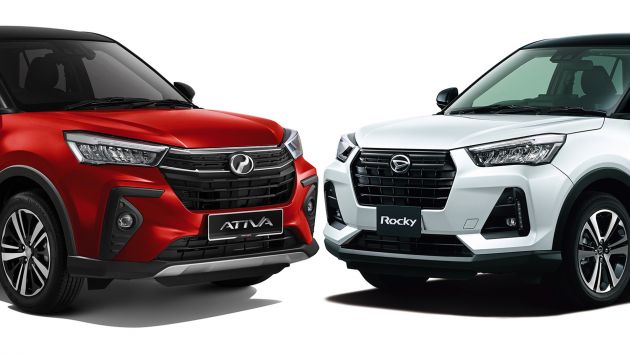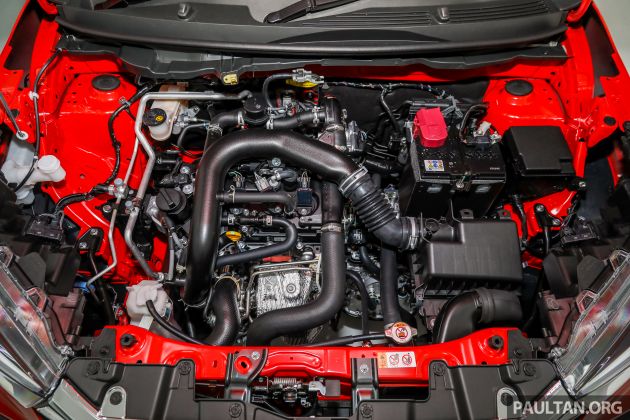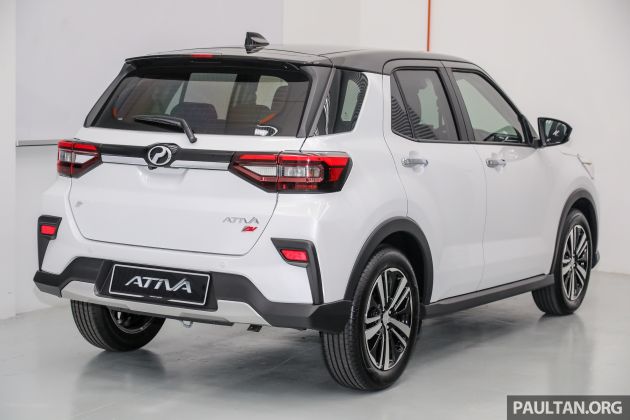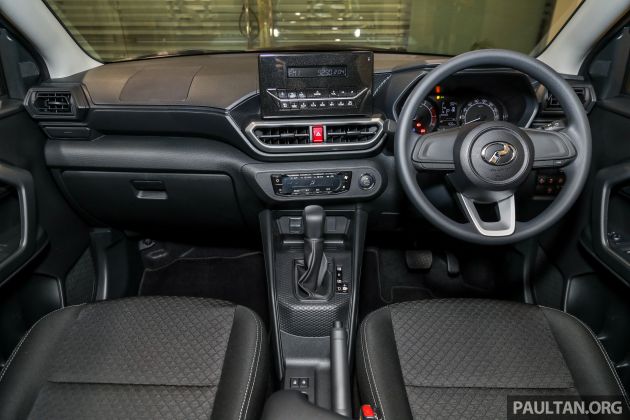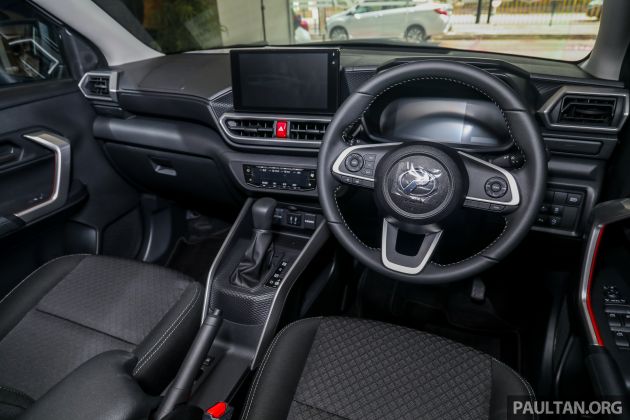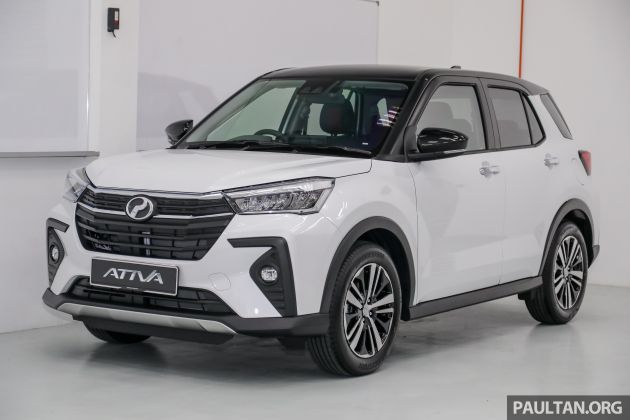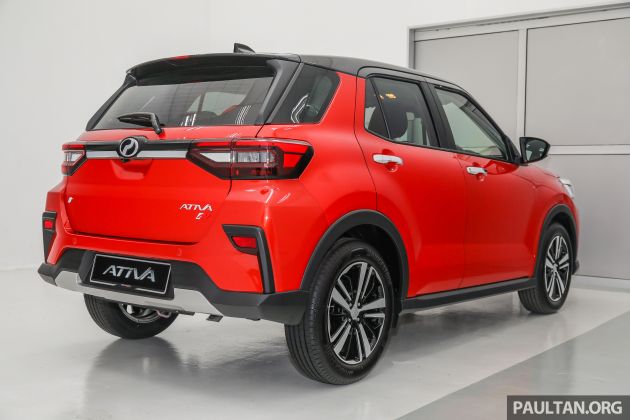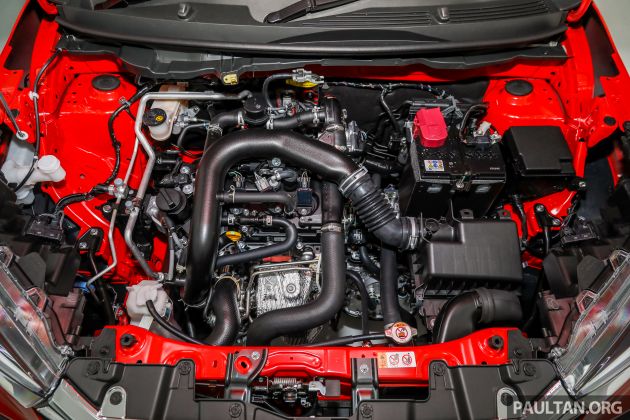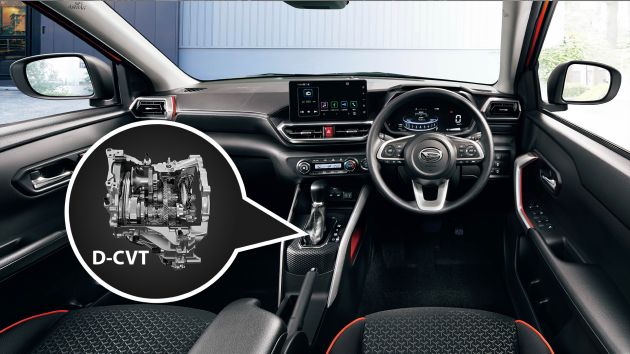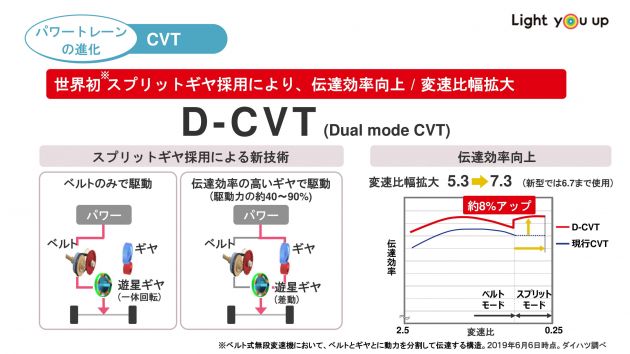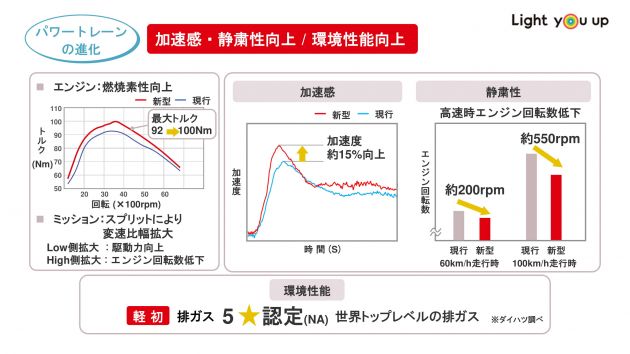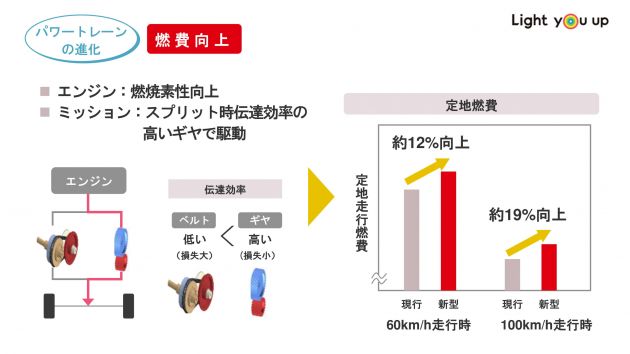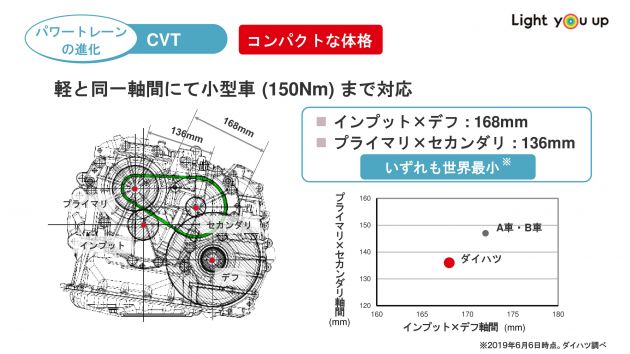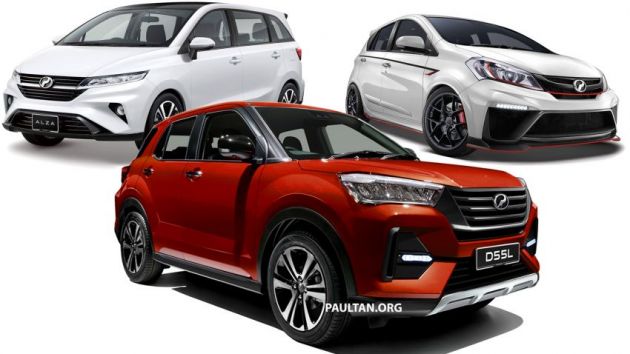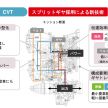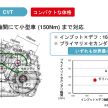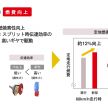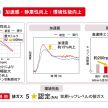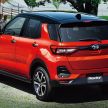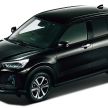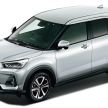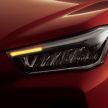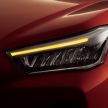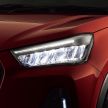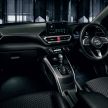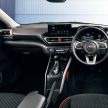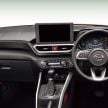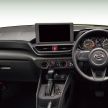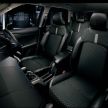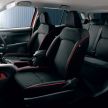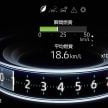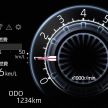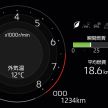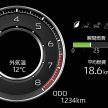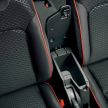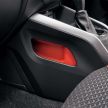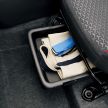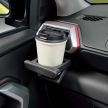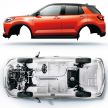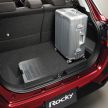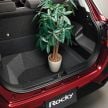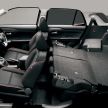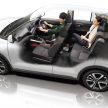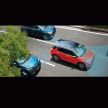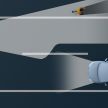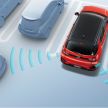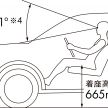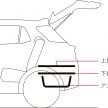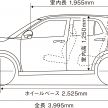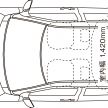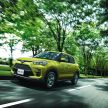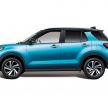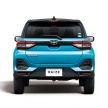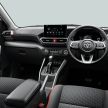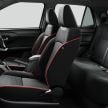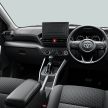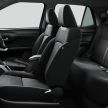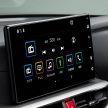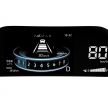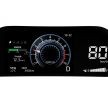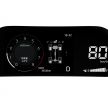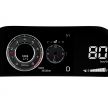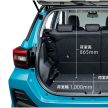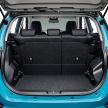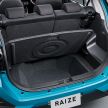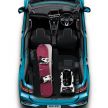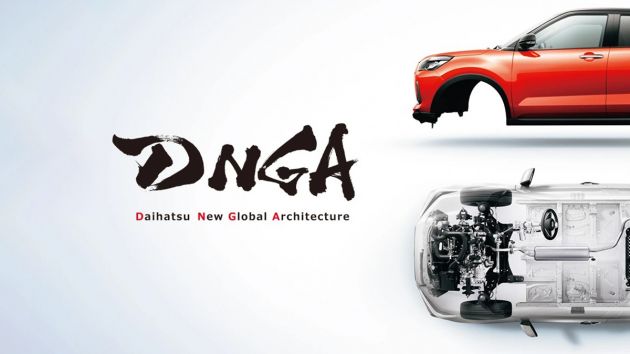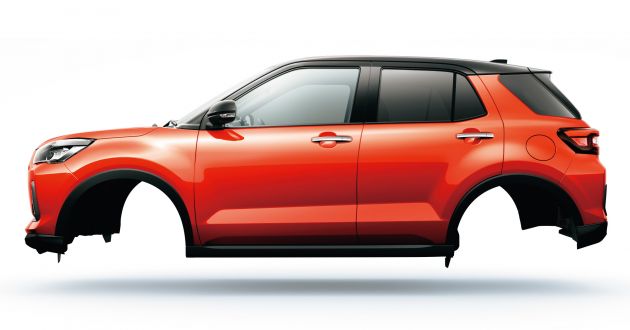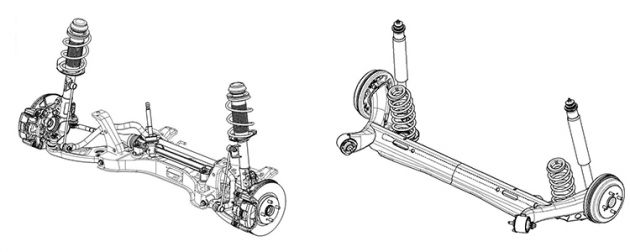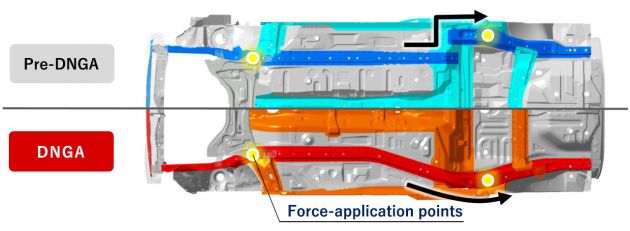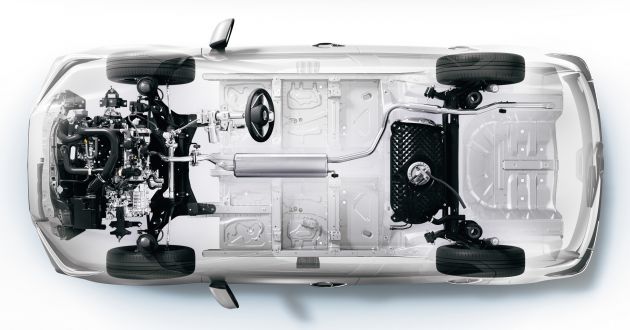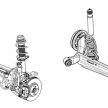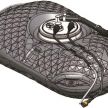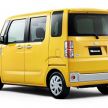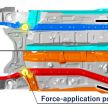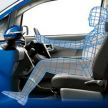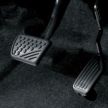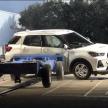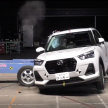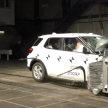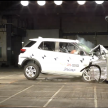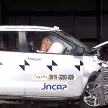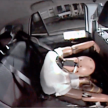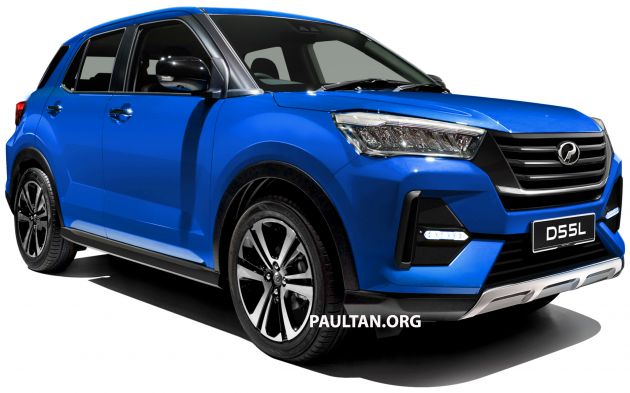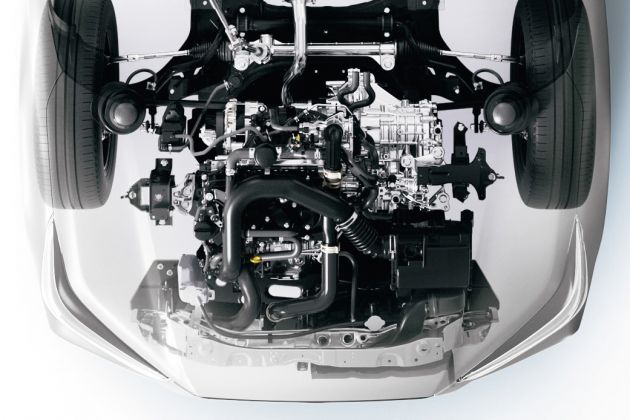Life. Never straightforward, is it? Even if yours is as straight as an arrow, the universe will find a way to make it um, more interesting. Cue Covid, which upended the world and its ways.
If you told me in 2019 that I’d be here writing an owner’s review of an SUV, never mind one that has a CVT, I’d have asked you to take a Himalayan hike. But here I am, five months into Perodua Ativa ownership and responding to the bosses’ request for an account.
It’s from a unique perspective – given where I’m coming from (pre-Covid, I had two manual coupes), my history (this is my first ever automatic), my status (no family, I don’t need more than two seats) and my job (despite all of the above, I’m familiar with SUVs) – so my notes might not be applicable to everyone. What’s annoying to me may be invisible to you, vice versa.
Also, it’s my first time reviewing a car that I own, and I realise that it’s very different from the review of a test unit, which we typically borrow for a few days. Living with a car for an extended period means that some initial observations are amplified with time, some become non-issues, some things matter more and some less. The daily routine has unearthed new points, too.
As such, what I think of the Ativa today might differ from my first impressions, as well as Hafriz’s review. Once again, these are personal views from a unique perspective and usage, and points raised may not apply to others.
Why the Ativa?
Without going into too much detail, priorities changed, my car life needed a reset, and the Ativa is a candidate that fulfils my current needs from a daily ride.
I experimented with a Myvi and King Unicorn (surely the G3 1.3L manual is rarer than Ferraris) was the perfect pandemic partner – eminently practical and fantastically frugal, while expertly blending into a sparse landscape (remember the early MCO days?), even in Peppermint Green.
It quickly became clear that the base Myvi is my personal base point – it’s the cheapest current car that I’m OK with. The Axia/Bezza I can’t do, the Saga is too slow and the Persona too ugly. The Iriz loses out to the Myvi on too many crucial areas to be viable. The Myvi served me well, but I wanted something better than base – right on cue Perodua launched the Ativa.
The Ativa’s tech was the main draw. No one could have imagined a Perodua with a downsized turbo engine, safety/driver assist features that were unheard of below RM100k (this was before the Myvi G3 facelift) and Lexus-level Matrix LED lights. I also like the design, which is rather unique for an urban SUV – the exterior is more square-cut than the norm, while the interior is a little quirky with its sharp edges, geometric pattern and red accents. The RM70k price tag was the clincher.
Current state of play
I collected my Granite Grey AV in September 2021 and have been daily driving it for five months now. As of January 31, the odometer reading is 6,889 km.
I’m fortunate to be living just 6km away from Perodua Sentral, the brand’s flagship 4S centre in Petaling Jaya, and have made three visits with the Ativa so far (collection, 1,000 km inspection, countermeasure). I covered the launch of this 4S centre back in 2015 and have been sending the Myvi there for servicing too – each time I leave impressed.
P2 Sentral’s waiting lounge is spacious and comfortable, and the frontline staff professional. I usually work there while waiting, and the decent WiFi is appreciated. My car is always ready before the estimated wait time, too. Snacks and water are provided, but a coffee machine would be nice. All in all, no complaints.
Issues
Let’s start with what many are here for, the negatives. No car is perfect, and I do have a list of “if onlys” for my daily. I’ve just had a weekend with a RM1.35 million sex siren of a car and can’t recommend it without major caveats, so there you go.
Some things have continued to bug me five months on and some have faded into normalcy. The Ativa’s ride comfort sits somewhere in between. I’m pleased with its high speed ride and stability – for me, the suspension strikes a good balance and is never boat-like soft, and there’s no occasional sideways rocking that some bigger SUVs exhibit.
It’s the daily low speed ride on bad surfaces that could be better. I feel that the jolts are too big, and the car hops over horizontal joints and lands with a thud.
My daily route has a lot of speed bumps, and the Ativa’s rear end jumps over these and lands hard with a thump. The Myvi leaps over the same humps with cushioned travel, and I’m used to this level of abandon – to have to go slower over obstacles in an SUV kind of defeats the purpose of a taller and tougher vehicle IMO.
This initial shock to my routine (literally) was compounded by a clunking noise from the rear right wheel, a loose metal sound that surfaced over road imperfections. It’s a known problem and the fix is the addition of a washer to the rear brake drum assembly. I had this done on November 18 after raising a ticket and the sound is gone.
So, less hopping and more damping would be good. The Ativa’s not very sophisticated ride is at odds with what otherwise feels like a very modern, high tech car, so it’s a bummer.
Another issue that I can’t switch off to is the seatbelt that digs into my neck. The Ativa lacks the Myvi’s seatbelt height adjustment (I always slide it to the lowest), and I suspect this is why we don’t get along well. A pain in the neck, literally.
The other negatives are minor ones. Radio reception is patchy and possibly poorer than any car I’ve tried, and it’s not like I live in the boondocks. Also, at low and parking speeds, stepping on the brake pedal releases an “air compression” or friction kind of sound. While it doesn’t affect braking performance, it’s pretty audible and can be classified as a minor irritation.
No issue, just me
The points in this section are more to do with adaptation coming from the Myvi rather than failings on the Ativa’s part. The former was my pandemic war machine, and its myriad practical features were all fully utilised and appreciated.
The Ativa is the first Perodua to come with a central armrest, and while that’s a great (and much desired) addition, having it between the front seats means there’s no place for P2’s signature “handbag hook”, which debut in the Axia in 2014. The Myvi also has pockets on the front seat sides. Back then, I used all of these for my daily combat gear – caps, pen, masks, USB cable.
The Myvi’s front seat backs have built-in “tapau hooks”, which are missing here. The Ativa’s supplied hooks that sit at the base of the headrests are downright useless – way too short and tight. A trip to Mr DIY solved the issue, but the cheap fix is not a very elegant solution. Hooks aside, I’d still choose the armrest over the Myvi’s clever seat storage ideas – the Ativa is a cruiser and the sacrifice is worth it.
A note on the Ativa’s fuel consumption. My mostly urban cycle has returned anywhere from 13 to 15 km/l. While this is some way off the official claimed ECE rating of 18.9 km/l, a few km/l drop in the real world is expected. Initially, I saw my FC results as “bad”, but that’s only because I was coming down from a 1.3L manual Myvi, where 16 km/l would be considered meh.
With more time and perspective, I’m now fully at peace with 14 km/l returns from my light-footed driving style, which is actually pretty good considering the Ativa’s brick of a front shape and the performance it has. That’s better than many non-Peroduas on the urban run, something I forgot while living in Myviland.
Non-issue for me
Everyone talks about the vibration of the three-cylinder engine, but it’s just not a thing for me, even in the early days. This needs some explanation and context.
No doubt, the vibration is there, but it’s not what you might think, and I reckon that you’ll only notice it if you’re actively looking out for it. If I’m wearing my car reviewer hat for a weekend test drive, this would be a bigger deal than it is now, in a long-term ownership report.
In any case, it’s faint but noticeable during idle, slightly more so when in D than in N, which is my default traffic light position. Where might you feel it? The pedals and the seat base, occasionally. It’s nowhere near the visible shaking of the Axia and Bezza, and the idle is actually very quiet. I’ve been in premium brand cars with direct-injection engines that have more intrusive idling, no thanks to engine clatter.
Are four-cylinders always better? No. I was recently given some valuable perspective by the latest Proton Iriz/Persona facelift. That four-pot literally breathes through the steering rim – you can feel the vibes rise with rpm, and because P1’s CVT doesn’t calm down during a highway cruise, the steering wheel is a constant vibrator. The Ativa cruises like a Rolls-Royce in comparison.
Turbo + CVT in a Perodua
Do you realise that the CVT – often maligned by car guys – is no longer an alternative gearbox but the default and majority transmission around? Do a head count. Most Toyotas and Hondas use it, Proton has been on it for some time now, the Ativa has it, and Malaysia’s best-selling car has just shifted from 4AT to CVT.
Perhaps it’s because we get to sample various cars, but I’m used to CVTs (despite only losing my automatic transmission virginity in 2021) and have long stopped hating on the stepless box on non-enthusiast cars. In fact, I like its efficiency, and my personal driving style doesn’t bring out the worse in CVTs.
A firm but brief squeeze of the throttle is all that’s needed to get up to speed in the Ativa. The low speed response is a bit excitable and if you stomp hard in cut and thrust driving, it gets a bit growly. The key is to maintain momentum and be gradual with the gas, easing in and out of it instead of treating the pedal like an on/off switch.
The turbo and CVT combine for very efficient use of power, which makes the Ativa a rather swift and effortless car – performance wise, it’s better than expected and fast enough for me, so much so that I never use the PWR button or manual mode, just the occasional shift to S for instant bursts of acceleration.
The part I like best about the D-CVT is its nature of going into “coast mode” whenever possible, making for serene long distance cruising (110 km/h is done around 2,500 rpm). Yes, it’s not the quietest or most torque converter automatic-like CVT around (versus Japanese brands, no programmed steps here), but I’m fine with that. The buzzy intensity of the Iriz/Persona CVT provided me with context and appreciation for what I have.
A word on the turbo. Don’t let that word lead you to hot hatch dreamland because it’s nothing like that, not even a VW TSI-style experience. The boost is there for efficiency, to make it easier to get the car up to speed, which in turn delivers good fuel efficiency. There’s no kick in the back, but that huge digital speedo might rise faster than you’d think. Cock your ears for the old school whistle, too.
Unconventional design
With all the negatives over and done with, here’s what I like about the Ativa. As one of the few owners who have seen the Daihatsu Rocky and Toyota Raize in the metal before Perodua launched the D55L, I’m surprised that I actually prefer the Ativa’s face. IMO, even the P2’s profile is slightly better with the less abrupt bumper cuts at both ends.
Preferring the looks of P over D and T is one thing. Actually liking it surprises me till today. You see, I’m not really an SUV kind of guy. Even for sedans, I would have to rewind five cars back to reach one (E36 3 Series). I’m a sucker for sleek shapes – low is good, the fewer doors the better, a roadster to come later. Personally, I like my coupes curvy and SUVs boxy.
Now, the Ativa is no Jimny, but the design is quite unique for an urban SUV. These things are usually quite rounded – they either look like slightly larger superminis (Renault Captur) or have swoopy lines and falling rooflines (Honda HR-V, Mazda CX-3). That’s the trend, but I much prefer the tall bluff face, straight beltline and clean/high sides of the Ativa. Even for hatchbacks, I’ve always preferred a straight rear glass (VW Golf) over a slope (think Mk2 Ford Focus, Mitsubishi Lancer Sportback), and the square-cut Ativa delivers.
But it’s far from a boring box with no design. The prominent wheelarches (rims are well-sized at 17″) and the chamfer along the wheelbase prevents the profile from looking slab-sided (see the night shot above), while the kink at the rear end provides visual interest, and dare I say, some muscle.
That’s my favourite part, along with the C pillars that break up the side glass panels. This “fin” is uncommon, and it reminds me of the Land Rover Discovery Sport (and the Freelander before it). The Mercedes-Benz GLE has the same pillar style too. This detail adds character and really sets the Ativa apart in the SUV field.
The Ativa is smaller than your average B-SUV, but the design makes it look larger than it is, unlike say, the Captur. The only angle where it looks its dimensions is head on, where the Perodua appears narrow and tall. Like the Myvi, I bought this as a tool, so I’m surprised at how often I’m looking at it after parking.
The interior is also individualistic in design, eschewing the popular Audi-like horizontal style that the HR-V brought into the SUV class. No smooth flowing lines, flashes of chrome and high centre console here – instead, it’s geometric shapes, sharp edges, nooks and crannies. It’s quite a funky dash, and I can imagine that some might be turned off by the riot of elements, preferring a cleaner look.
I’m OK with this unconventional approach, and feel that it adds to the unique design character. Going for the AV nets you red highlights on the side air con vents, centre tunnel cubbies and door handles (curiously, the H gets only the door bits); this seemingly small touch – together with the red accented leather seats – lifts the cabin ambience considerably.
Instead of boring piano black, the gear area is surrounded by a 3D geometric surface that reminds me of Seiko’s Presage Sharp Edged dials. No explanation from Perodua or Daihatsu, but the watchmaker says that its dial work is based on Asanoha, a Japanese hemp leaf pattern. This flourish is repeated in the crevices surrounding the upper screens.
Speaking of screens, the 7.0-inch fully digital instrument panel gives the Ativa a high-tech ambience. It’s super clear too, with a fixed large digital speedo and couple of preset tacho/trip designs. Adding to the advanced feel is the big (9.0-inch) touchscreen and a full complement of steering buttons. There’s just one blank on the left spoke – a “Mute” button would have been perfect.
Cockpit design aside, I like the Ativa’s relatively high seating position – that’s the point of an SUV, isn’t it? A high perch isn’t a given with modern crossovers – the Hyundai Kona I recently drove felt no different from a regular hatchback, for instance. Lastly, I’m happy that Perodua retained the air-con memory buttons that I enjoyed in the Myvi.
There’s no pretence of premium here – not in the design, nor in the hard plastics – but I’m fine with that as the Ativa is merely a tool (for me). For those who want to feel atas, I think that the Proton X50 does a much better job in both look and feel, but it is a more expensive car at the end of the day – the price difference between the Ativa AV and X50 Flagship is an Axia. I’m curious – those with plush dashboard surfaces, do you ever touch it again after the first time?
So cheap, much kit
You know it by now. Perodua’s ASA safety pack is now in version 3.0 and is standard across the Ativa board along with Lane Departure Warning and Prevention (LDW). The AV goes semi-autonomous with the addition of Lane Keep Control (LKC), Blind Spot Monitor (BSM), Rear Cross Traffic Alert (RCTA) and Adaptive Cruise Control (ACC). This level of safety and driver assist was unprecedented in a car below RM100k, until Perodua outdid themselves with the Myvi facelift, which tops out at RM58,800.
BSM and AEB were things that I was specifically looking for in my next car. I’ve not had the chance to use ACC yet, but it will be good support on long distance drives. Ditto LDW, which I’ve turned off for daily driving.
Unlike most of the ADAS features, Adaptive Driving Beam (ADB) impresses me everyday. These Matrix LED-style, Lexus-level lights are super effective – compared to similar systems in costlier cars, I feel that ADB is very eager to go maximum at every available opportunity. The downside is that once you’re used to this level of lighting, it’s hard for your eyes to do without it. Oh, and because the headlamps sit quite high, the foglamps (LEDs) actually make a difference.
Still, I do have a small wishlist. For me, auto brake hold is one of the most practical modern car features, but it can only come with an electronic parking brake. Not unrealistic, as the top-spec JDM Daihatsu Rocky Hybrid has EPB (requires a new centre console), and so does the new Toyota Veloz MPV in Indonesia.
A mute button and electrochromic rear view mirror would be nice, too. That’s about it, kit-wise.
Conclusion
I think it’s pretty obvious that I don’t think of the Ativa as a perfect car. Then again, how can perfection be yours for only RM70k? That sum buys a lot of car, though. A downsized turbo engine, an efficient gearbox, all the safety I need and more, plus the bonus of unconventional design that tickles my fancy.
What’s better is that the Ativa isn’t just a lot of car, but a good car as well. Yes, there are a few things that I think could be better, but they pale in comparison to the positives. On the whole, it’s ticking off more boxes than I expected a tool to, and I’m thankful that a car of this level came from Perodua, which is a sure bet for affordability and reliability.
It’s still early days, but I foresee the Ativa occupying my daily driver slot for a few more years at the very least.
GALLERY: Perodua Ativa AV

